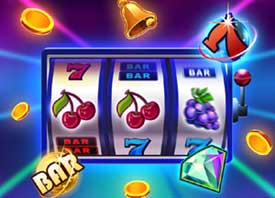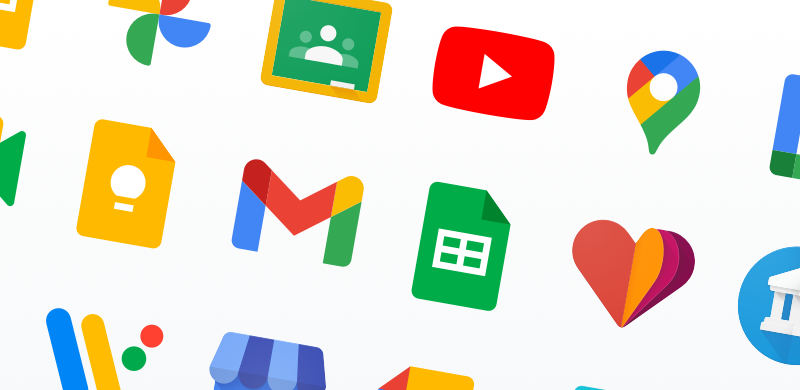Hey! Listen! 5 Tips for Indie Game Marketing

If you’ve developed a game, how do you get it to stand out? Read on as we take a look at some key tips on indie game marketing.
It’s tough to break into a market. It’s even tougher to break into a market with a product you built from scratch and have a lot of attachment to.
Unlike regular marketing, which can be done with a dispassionate eye, indie game marketing feels visceral. The good news? You can use that statement to drive an emotional plea to potential players.
When marketing a game with a small team, you want to make your resources count. Standing out among the 1100 indies (and counting) that can be found on Steam takes some marketing magic.
Try these quick tips to leverage your production trauma into launch day success.
Indie Game Marketing Tips
These tips revolve around appeals to intrigue and hook the player early.
You want to start marketing early, but you don’t want to push too hard so that your hype overwhelms your schedule or offering.
-
Launch a Trailer (or 3)
A trailer does two things: create anticipation and demonstrate a vision.
With some clever editing, you can show off your vision, your mechanics, and your passion in one trailer. Still, it’s best to go with several to explore each facet.
-
Embed a Logo
Many of the most compelling games you can think of live on through their logo. A simple image that carries the game visually and reminds you of it even when you see something similar.
Leverage the marketing power of visual memory and create a game logo that translates easily. This gives you an anchor to include with all of your marketing materials and is useful for tradeshow booths and merch pushes.
-
Tease Screenshots
You don’t want to give too much away, but a few grand screenshots, showing off enticing moments, hooks an audience.
The lack of context whets the appetite of the story crowd and the power crowd alike.
Use screenshots to show off the elegance of your design and the way your art and sprites communicate.
-
Make Your Website Do Its Job
People expect a website for a game developer to work and to work hard. They don’t just want a landing page and a production team, they want interaction and the ability to dig into the project.
Offer a myriad of visuals and wrap that around a taste of the day-to-day of development.
It’s also expected that your site works. A developer that can’t keep their site in working order will toss flags about your ability to make a game operate without glitches and bugs.
-
Keep an Open Loop
People like to support art and creativity. They especially enjoy that feeling of being in on the ground floor and having access behind the curtain.
Provide both by keeping your feedback loops open. Start a blog and be active on Twitter, Facebook, and Instagram. Show off a few struggles and how they were solved.
Don’t give away the farm, but let the potential buyers feel like they are part of the struggle and they will stay engaged.
Get Seen
Follow these tips for your indie game marketing campaign and you’ll certainly generate buzz. Marketing is only one part of your launch. Remember to focus on delivering an excellent game and it will, in so many ways, sell itself.
For more game insights and information, keep coming back here.






